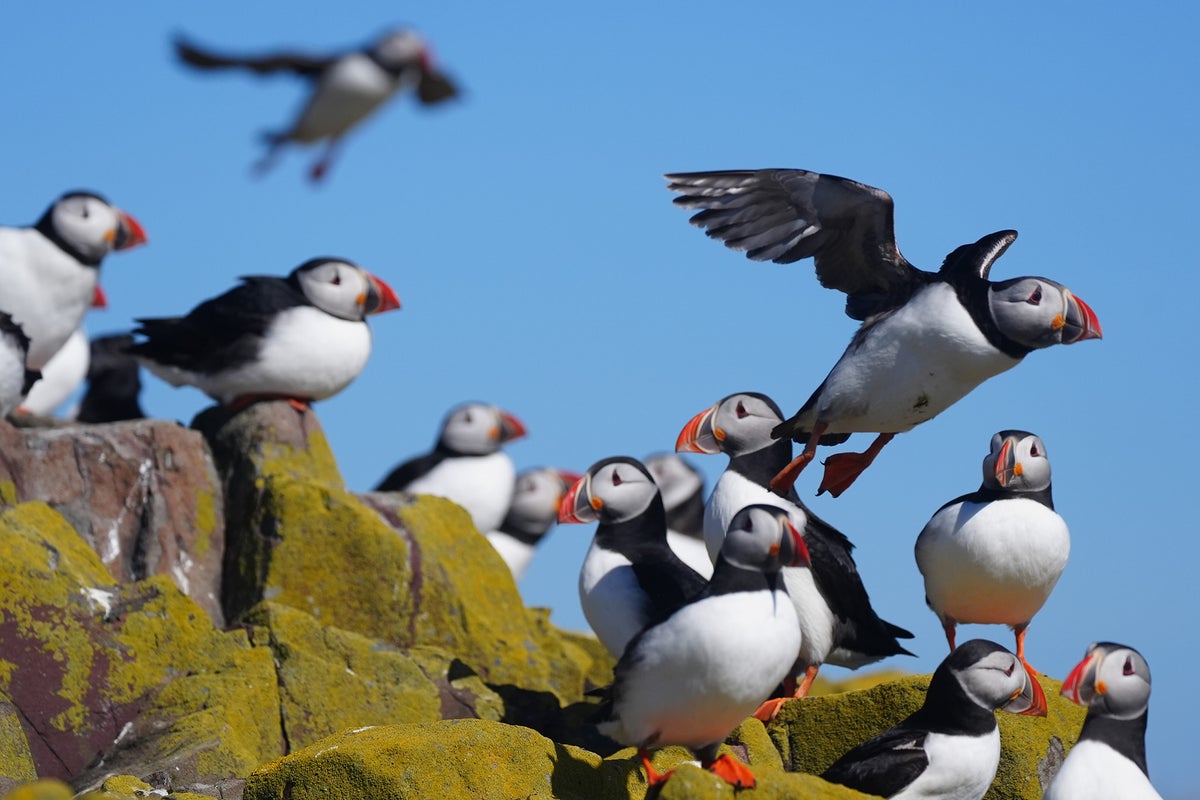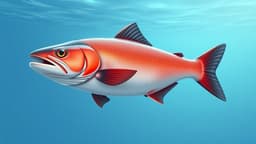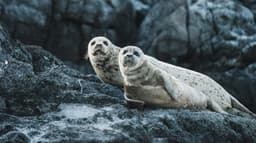Home / Environment / Puffin Numbers Plummet on Farne Islands
Puffin Numbers Plummet on Farne Islands
26 Nov
Summary
- Breeding puffin pairs on Farne Islands dropped by 23 percent.
- This year's count fell from 50,103 to 38,500 breeding pairs.
- Other species like Arctic Terns and Fulmars showed population increases.

Puffin populations on the Farne Islands have experienced a substantial decline, with a 23% decrease in breeding pairs reported. The number of pairs fell from 50,103 in the previous year to 38,500 this year, according to a new survey.
National Trust experts caution that this figure alone does not tell the complete story, as annual variations in counting methods and environmental conditions can affect results. Factors such as extreme weather, soil erosion, and an expanding grey seal colony may have contributed to the reduction in puffin numbers.
Despite the concerning trend for puffins, the survey highlighted positive growth in other species. Northern Fulmar numbers more than doubled, and Common Eiders increased by 50%. Arctic Terns also saw a rise of over 26%, demonstrating a varied picture for the seabird populations on these important islands.




